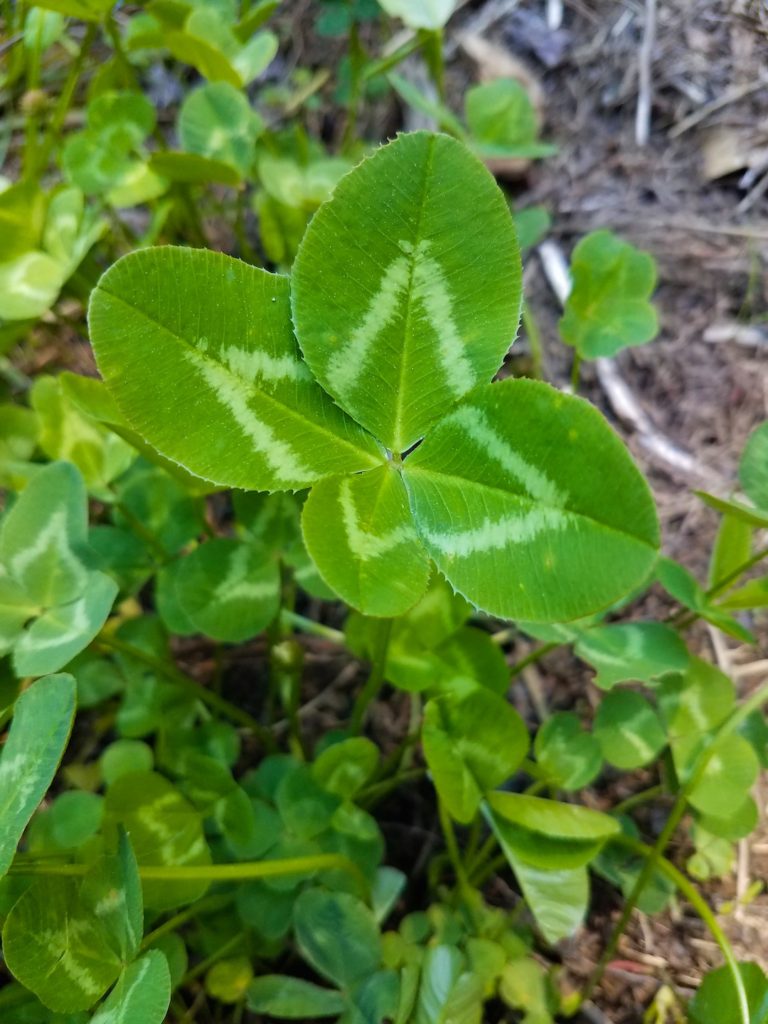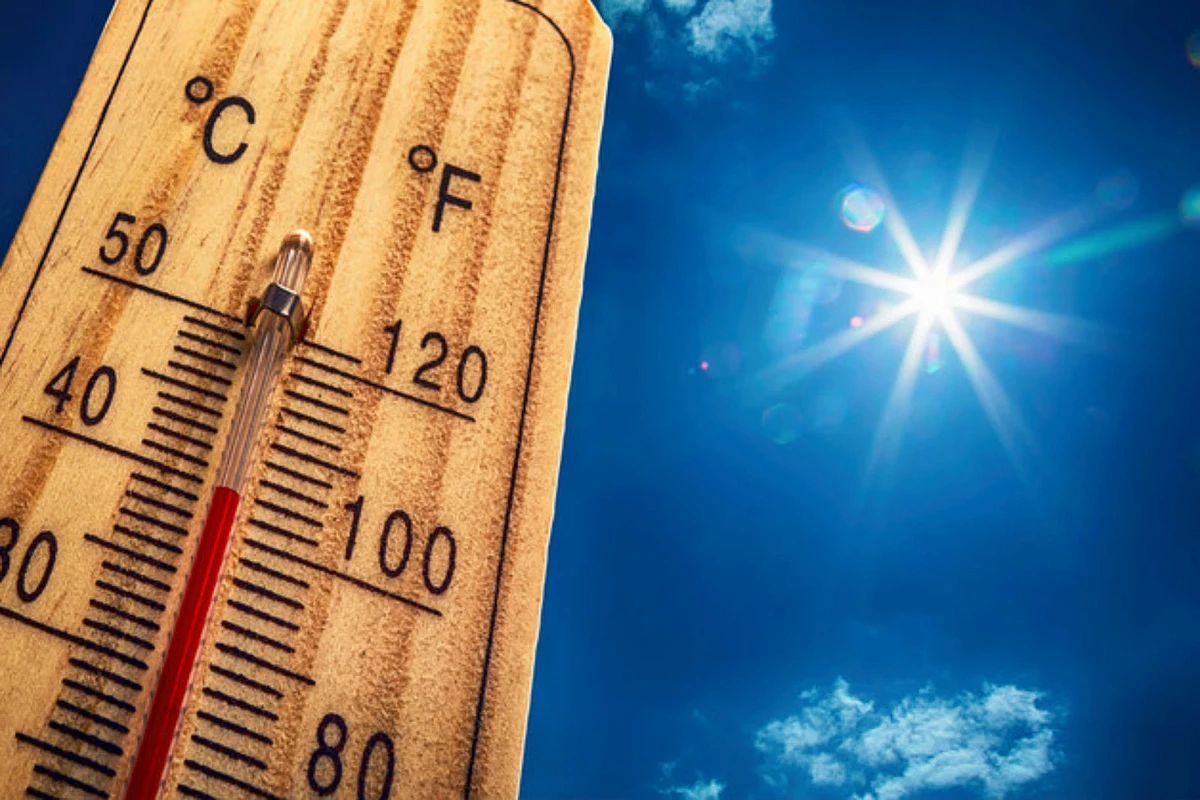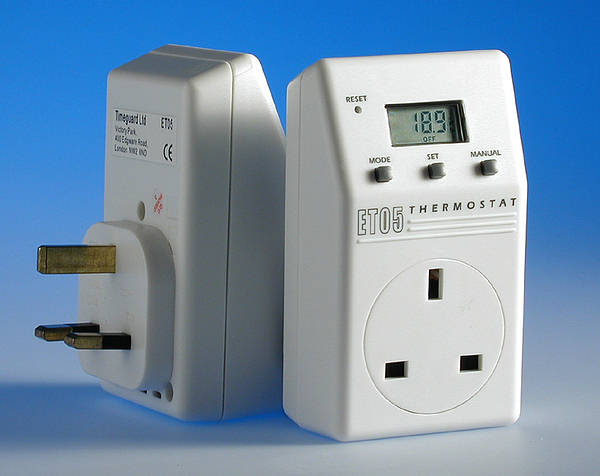Today’s topic is Temperature Range For Hibiscus. Obviously, you can find a great deal of How To Protect Hibiscus From Freezing-related content online. The proliferation of online platforms has streamlined our access to information.
There is a connection between the What Is The Lowest Temperature A Hibiscus Can Tolerate and Hibiscus Rosa Sinensis Minimum Temperature information. more searching has to be done for Braided Hibiscus Tree Temperature Range, which will also be related to Hibiscus Care In Winter Outdoor.

47 Tips for Temperature Range For Hibiscus | How to Grow Vibrant Hibiscus
- It is important to remember that hibiscus are topical plants and require warm temperatures to survive. Many can live in Plant Hardiness Zones 9 to 12. Tropical hibiscus prefer temperatures above 50°F. They will likely show damage and even die at temperatures below 35°F. - Source: Internet
- Hardy Hibiscus plants should be covered in winter when grown in areas with cold temperatures and snow. Pack mulch around the base of the plant to help protect the roots. The plant can be wrapped in fabric or a tarp to ward off chilly temps and wind. In areas of high snowfall, or if the Hibiscus is in a place where snow could slide off a roof and crush the plant, use a study structure to cover young plants. - Source: Internet
- Tropical hibiscus need a lot of light to bloom and perform well. Full sun from dawn to dusk may be too much during summer, but during short winter days, they need all the light they can get. Even with a lot of light and ideal temperature and humidity during the winter, they will likely bloom and grow less. - Source: Internet
- Topical hibiscus can suffer from bud drop if humidity levels are too low. Simply mist regularly or move to a more humid environment such as a bathroom. Wilting is caused by lack of water, if your tropical hibiscus wilts often then repot it into a larger pot. - Source: Internet
- Note: there are hundreds of hibiscus cultivars available, each one having slightly different cultural needs. General requirements for many of these plants are described below. Some varieties might be more cold-tolerant, grow larger or smaller, etc. Before buying any plant, be sure to know its individual characteristics and care requirements. - Source: Internet
- Hibiscus grown in planters generally need to be brought into a protected and warm area during the winter. If the Hibiscus is actively growing, find a warm, sunny, and humid spot to place the plant. If your potted Hibiscus is dormant, it still needs to be protected against the winter chill, but it will be fine as long as it is kept in an area where the temperature is at least 50-degrees. - Source: Internet
- Hibiscus are confusing. Especially in the North. Are they shrubs? Are they for containers? Will they survive in the cold? How do I know which to get? They all look similar but are very different plants. So let’s take a closer look at the three most common hibiscus plants found in New England gardens. - Source: Internet
- Repot if necessary in late winter/early spring. If your hibiscus has been in the same old potting soil for some time now, give it a good repotting with clean, fresh potting soil. (Everyone likes a fresh, new outfit, after all!). Place the old potting soil in the compost pile, provided there’s no pest or disease issues present. - Source: Internet
- Indoor hibiscus benefit from annual pruning to keep it in shape. In early spring, simply shorten the previous year’s growth to produce a main framework of branches, which will then produce flowering shoots. Unwanted long shoots can be pruned back to 5-7.5cm from their base and thin non-flowering shoots removed. - Source: Internet
- Water indoor hibiscus regularly during the growing season (spring to early autumn) and feed fortnightly with a high potash liquid feed. Cut down on watering from late autumn to spring, when the plant is dormant. Always let the top few centimetres of compost dry out before watering again. - Source: Internet
- The larger, more shrub-like hardy hibiscus species, H. syriacus (aka Rose of Sharon), has similar planting and care to the smaller species highlighted in this article. It produces an abundance of smaller flowers and grows into a much larger shrub that doesn’t die back to the ground in winter. - Source: Internet
- Growing hibiscus plants need plenty of nutrients. Use either slow-release or water-soluble fertilizer but make sure the nutrients are balanced. For example, use a 20-20-20 or 10-10-10 fertilizer. You can use a diluted liquid fertilizer once a week, or a slow-release fertilizer four times a year: early spring; after the first round of blooming; mid-summer; and early winter. - Source: Internet
- Hibiscus require little pruning during the growing season unless space is an issue. Cut back the plant by about half in the early spring to maintain a nice shape and encourage growth. More frequent and lighter pruning may be needed throughout the year for hibiscus that are grown indoors. The plants flower on new wood, so pruning any time during the year won’t stop flowering completely, just delay it. - Source: Internet
- For your hardy hibiscus plant to bloom to its greatest potential, it needs about six hours a day of full sun. However, if you live in a hot and dry zone you should provide your hardy hibiscus occasional relief from the bright afternoon sun. Shade from other leafy plants placed nearby should help. Indoor hibiscus plants should be situated near a sunny (southwest facing) window and if that still doesn’t provide enough light, you can augment with artificial lighting. - Source: Internet
- But as I was walking through the Walmart Garden Center earlier this week, the beautiful braided hibiscus plants started calling to me. I’m still planning to plant my smaller containers using that method, but I couldn’t resist taking home a new hibiscus tree to add some gorgeous, vibrant color to our front porch! Priced at just $26.98, it will provide color year round for a real steal. - Source: Internet
- As a tropical plant, hibiscus acts like a perennial in climates that stay relatively warm all year, but they will act like annuals and die off in colder climates . Also, keep in mind, that the roots of potted plants are more vulnerable to cold and freezing. If you keep hibiscus in a pot outdoors it’s best to assume that it’s only cold hardy to zone 11, with the lowest temperature range of 40° to 50°F (4° to 10°C). - Source: Internet
- Check the hibiscus plant periodically for signs of pests and pest damage. Treat minor infestations by removing the pests with a strong spray of water. For recurring or more severe infestations, apply Sevin Sulfur Dust. This insecticide combined with fungicide starts killing immediately and will not harm the plant. - Source: Internet
- Prune branches when necessary to promote growth or to maintain a certain size or shape. For best results, use a quick snip at a slight angle with sharp shears or pruners. Removing old, withered leaves and blooms keeps your hibiscus looking healthy and keeps the plant’s energy focused on new growth. - Source: Internet
- Tropical hibiscus take the summer heat well if regularly watered. They will be more attractive overall if they receive afternoon shade, even though direct sun for part of the day is necessary for flower production. Some varieties of tropical hibiscus take the heat better than others. The San Diego Red pictured above tolerates sun better than the Canary hibiscus shown below, which prefers a more shady location. - Source: Internet
- Feed outdoor hibiscus annually in spring, with a slow-release, high potash formula, such as rose food. Mulch in autumn to help maintain soil moisture levels and suppress weeds. Don’t be alarmed if your outdoor hibiscus dies back after a hard frost in autumn – remember they are deciduous and this is perfectly normal. Simply cut back dead stems to around 10cm above ground level. They will regrow the following May to June (again, don’t be alarmed by the late development of leaves, spring growth is slow to appear on outdoor hibiscus). - Source: Internet
- Hibiscus are beautiful plants, bearing large trumpet-like blooms in a range of colours, depending on the species. There are two main types of hibiscus – hardy deciduous hibiscus ( Hibiscus syriacus , used in outdoor planting schemes) and tender evergreen hibiscus (Hibiscus rosa-sinensis, which is grown as a house plant ). Hardy hibiscus is also called rose of Sharon . - Source: Internet
- So those are the three best hibiscus choices for Northern gardeners! We hopes this demystifies them somewhat, and lets you choose the plant that’s right for you. Right now, in July, we are only carrying the Hardy Hibiscus and Rose of Sharon, but we always carry Tropical Hibiscus in the spring and very early summer. All of these hibiscus come in a wonderful variety of colors and bloom types. Swing on by to see the varieties, and we hope you enjoy! - Source: Internet
- Ideally if you want to bring your hibiscus indoors to over winter them, they should be grown in pots outside all season, not planted directly in the ground. The problem with planting in the ground is that when you dig them up in the fall, they are weakened by yanking them out of the ground and many times they will rot before they produce new roots in a pot. They should be kept in relatively small pots for years (10-14" in diameter is fine). You can even sink the potted plants in the ground in summer and then just pull them up , pot and all in the fall, wash off the pot and bring it inside easily with no shock to the plant in fall. - Source: Internet
- Remove any unwanted debris from the plant and the pot. Dead leaves, spent flowers, or dead branches— get all the bad stuff out of there and off your hibiscus. Trim off dead branches on the interior. - Source: Internet
- Perennial hibiscus have big, disc-shaped, hollyhock-like flowers that can be 6 to 12 inches across. The perennial hibiscus species found in gardens are the result of hybridizing native hibiscus species, including Hibiscus moscheutos and H. coccineus. - Source: Internet
- Although the flowers are similar, hardy hibiscus are different from tropical hibiscus in several ways. Native to southern China, hardy hibiscus tolerates our winters, while tropical hibiscus (native to tropical China) needs a minimum temperature of 7ºC to thrive. Hardy hibiscus bars large, single flowers in red, white, lavender and pink. Tropical hibiscus flower in shades of pink, orange and yellow. Hardy hibiscus has heart-shaped, matt leaves while tropical hibiscus has darker green, glossy leaves. - Source: Internet
- If you want to keep your hibiscus and grow them again the next season, you will need to bring them indoors before the night temps drop much below 40° F. They will need a bright or sunny area, or under fluorescent lights. The optimum temperatures indoors seem to be between 55 and 70. The cooler end of that temperature range will produce far fewer insect problems later in the winter. If they are kept in a greenhouse, keep them cool (55-65) and water when they are dry. - Source: Internet
- Treating your tropical hibiscus correctly will give you years of enjoyment. But remember, they are not immortal! Some are spent after 4 or 5 years in a pot and should be tossed away at this point. Try some of the many and never ending new hybrids being developed! - Source: Internet
- Otherwise, you could use a cachepot. A cachepot is a larger (often decorative) pot into which an already potted plant is placed. Put landscape rocks in the bottom of the cachepot. Replant the hibiscus into another nursery pot (one or two sizes larger than what it came in) and place it into the cachepot. Water will drain out of the nursery pot and into the rocks on the bottom. - Source: Internet
- Plant taxonomy classifies the hardy hibiscus plants as Hibiscus moscheutos. They also go by such common names as rose mallows and swamp mallows. The hardy hibiscus is a cold hardy plant despite bearing large blooms that call to mind the tropics. The hues of the most common cultivars are white, bicolored, or various shades of red or pink, but other colors are now available. - Source: Internet
- Most of the year hibiscus do well on a grass watering schedule. During winter the plant will be green but is almost dormant so it needs very little water and can be switched to a citrus watering schedule. Watering a hibiscus too much during winter will make it chlorotic. Watering method - Source: Internet
- Tropical hibiscus is fairly easy to grow in the Phoenix area. It takes the summer heat well but is damaged when temperatures drop below freezing. It flowers almost all year and is especially productive in spring. Heat Tolerance and Sun Exposure - Source: Internet
- My Walmart Garden Center carries several varieties of hibiscus, ranging from smaller shrubs to the larger braided tree-like specimen I selected. While many of the plants were in full bloom already, I opted for a Braided Hibiscus that only had small buds on it. The flowers are delicate and easily damaged during transport, and the buds are a little hardier. But it will be full of beautiful blooms very soon! - Source: Internet
- Invite your Hollywood Hibiscus indoors. You don’t want to wait until the first frost. Be prepared to move them inside well before those temperatures dip that low. Ideal indoor temps for the winter are between 55 and 70 degrees with bright light near a west- or south-facing window. - Source: Internet
- Dig a hole in the amended planting site that is as deep as the hibiscus root ball, and two to three times as wide. Carefully remove the hibiscus from its nursery container and put the bush in the planting hole. Backfill the planting hole halfway with the soil dug from the hole, and then water well to settle the plant and eliminate any air pockets. Finish filling the hole and pat down the soil around the plant. Add a one-inch layer of earthworm castings around the base of the plant, and then water again until the soil and earthworm castings are well moistened. - Source: Internet
- Moving a hibiscus outside after overwintering it indoors can be a bit tricky. You can’t just put it back in the same spot, it needs to get used to being outdoors again. Follow these tips for the best success. - Source: Internet
- After three years (or when it’s reached a height of around 1.5m), start pruning your hardy hibiscus annually to keep in shape. If left unpruned, the outer branches can fall outwards from the weight of the leaves. - Source: Internet
- Hibiscus start being damaged when temperatures drop to 29 F. Prolonged exposure to temperatures at or below this will kill a hibiscus to the ground. However, a hibiscus will often be able to grow back from its roots. Planting - Source: Internet
- For optimal growth, hibiscus requires rich soil. Enrich the soil prior to planting by amending with homemade or bagged compost and earthworm castings. A 2009 study by the American Society for Horticultural Science found that hibiscus grown with worm compost grew bigger and had better blooms. - Source: Internet
- Hibiscus is susceptible to several pests and diseases. Insect pest damage to hibiscus includes premature dropping of flowers, failure to bloom and thrive overall, holes in leaves and petals, and a sticky substance on plants and nearby surfaces. Common pests include aphids, spider mites, thrips and whiteflies.4 - Source: Internet
- Hibiscus flower best in the 60 to 90 F range. Bring plants indoors before temperatures dip to 32 F, but be mindful that low humidity can dry them out. Mist the leaves daily or place each pot on a tray with a layer of gravel underneath. Add water up to the top of the gravel and as it evaporates, the humidity will rise around the plants. A humidifier may also help. - Source: Internet
- Tropical hibiscus are just that — tropical. So, they don’t take kindly to temperatures below 40 degrees (and that’s pushing it). If you live in a cooler climate, you’ll need to start making preparations for overwintering your hibiscus here pretty soon, but if you live in a milder climate, you still have some time. Zone 9 or higher? You’re good to go and can leave your hibiscus outside all year. Here’s what you need to know to help your Hollywoods smoothly transition to indoor life. - Source: Internet
- The species plant is a wetland plant, and hardy hibiscus flowers can be treated as plants for wet soils. So if your landscaping situation is a soggy area where most plants do not grow well, H. moscheutos might be the answer. This makes them useful around water features. - Source: Internet
- If you are not planting hardy hibiscus plants in a wet spot, make sure they are adequately watered—but don’t overdo it. A small plant with fewer leaves needs less water than a large leafy plant. In warm weather, you need to water your hibiscus plant daily but in the winter you should water it only when the soil is dry to the touch. - Source: Internet
- While young, this hibiscus was allowed to grow as a shrub. Having lower branches helped protect it from the sun and made it more stable in the wind. After four years it was trimmed up into a multi stem form, which looks like a tree with multiple trunks. Overview - Source: Internet
- Hibiscus is a tropical plant with large, colorful blooms. The hardy hibiscus variety is a perennial that survives more easily through the winter than its tropical counterpart, which easily dies in freezing temperatures. Knowing which kind you have affects how you should care for hibiscus during the cold weather — if you do not know, however, be on the safe side and treat it as if it is not cold-hardy. - Source: Internet
- If you have a tropical hibiscus, remember it is a TROPICAL. They will not tolerate more than a night or two of light freezes. Even one hard freeze (below 25) could kill the plant. These plants are native to sunny, warm and usually humid tropical places. - Source: Internet
 Following are some suggestions on where to begin your search for data on What Temp Is Too Cold For Hibiscus:
You should try to find Hibiscus Winter Care-related information from reputable places. Libraries, online resources, and even paid journalists all fall under this category.
Following are some suggestions on where to begin your search for data on What Temp Is Too Cold For Hibiscus:
You should try to find Hibiscus Winter Care-related information from reputable places. Libraries, online resources, and even paid journalists all fall under this category.It’s crucial to be aware of the many electronic media sources available when researching Tropical Hibiscus Cold Tolerance, such as Google and YouTube. You may also get info about Hibiscus Temperature Tolerance on social media sites like Facebook and Twitter.
Video | Temperature Range For Hibiscus
It’s crucial to read to examine the authenticity of each source in order to acquire the greatest information regarding When To Bring Hibiscus Outside. You’ll learn more about temperature range for potted hibiscus after watching the films included in this post, which come from a variety of different sources. Information on a wide range of topics may be easily accessed via the internet.
## Notable features of How to Grow Hibiscus in a Pot - caring for these big, bold blooms is easy - include:- Temperature Range For Hibiscus
- Temperature Range For Hibiscus Tree
- Temperature Tolerance For Hibiscus
- Temperature Range For Potted Hibiscus
- Temperature Range For Tropical Hibiscus

Because there are so many websites and forums that provide information about Hibiscus Temperature Tolerance, it should not be difficult for you to locate the data that you want.
The majority of individuals are accustomed to taking a completely different approach when it comes to obtaining information regarding How to Grow Vibrant Hibiscus. This makes it possible to take a more in-depth look at the information that is available about What Is The Lowest Temperature A Hibiscus Can Tolerate and how it might be utilized.
methods for producing information displays about Tropical Hibiscus Cold Tolerance that are both aesthetically pleasing and functional. In commercial and marketing settings, as well as for the purpose of conveying information on Tropical Hibiscus Cold Tolerance, they are useful tools to have. Because of this, we also supply some photographs relating to How to Grow Vibrant Hibiscus.
In summing up, I’d like to say that this article offers a general summary of At What Temperature Should I Bring My Hibiscus Inside. Also covered are temperature range for hibiscus tree and Braided Hibiscus Tree Temperature Range, which serve as a benchmark for evaluating the depth of your understanding of Overwintering Hibiscus In Garage.
